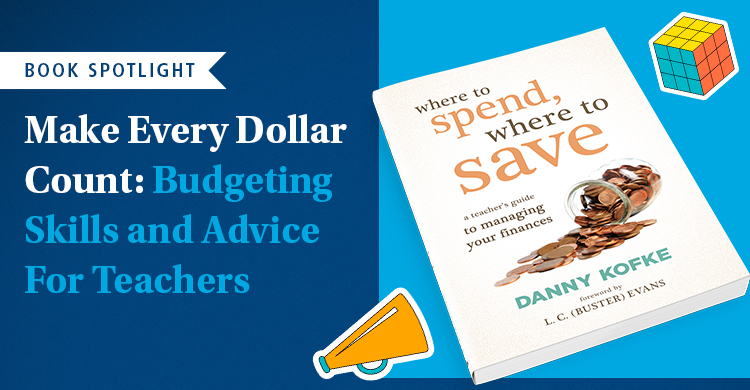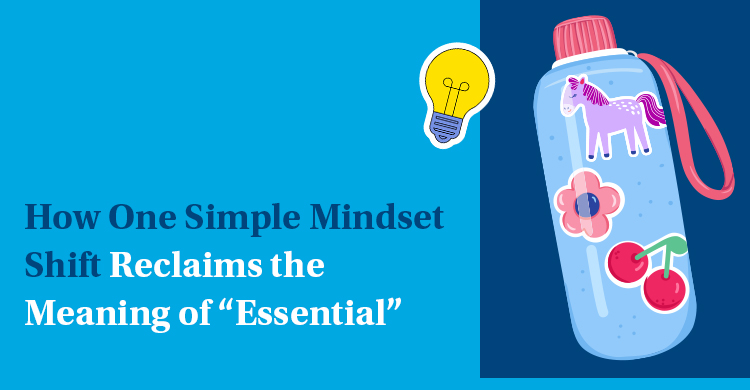As the author of Beyond Implicit and Explicit Bias: Strategies for Healing the Root Causes of Inequity in Education, I’ve written this book as a thoughtful and practical resource designed for any educator who wants to foster more connected, responsive, and effective learning environments.
In an era where conversations about fairness and belonging can feel politically charged, this book shifts the focus to what truly matters: helping every student feel seen, heard, and supported. Through real-world scenarios, self-assessments, and step-by-step strategies, readers are guided to reflect on how their decisions and assumptions shape the school experience, not with blame, but with curiosity and purpose.
Grounded in real-life scenarios and designed for everyday application, I offer simple, honest tools to help educators grow in confidence and clarity. Whether you’re a teacher, principal, or support staff, this resource meets you where you are. It provides encouraging reflections, offering “right now” strategies, and reinforcing the idea that progress doesn’t require perfection, only intention. When conversations grow tense or uncertain, these practical strategies provide a path forward that’s rooted in humanity, accountability, and the shared goal of helping all students thrive.
Building learning environments free from bias
For those committed to building learning environments where every individual feels seen, supported, and understood, I designed this book as a call to action. While discussions around equity in education can feel abstract or polarizing, I aim to meet readers with clarity, compassion, and a commitment to practical change.
My goal is to deliver a deeply human and highly relevant guide that helps professionals examine the deeper roots of bias and systemic patterns, without shame or blame. Through reflective questions, real-world scenarios, and “right now” strategies, readers are empowered to take action within their own sphere of influence, one intentional step at a time. With practical steps, this book can be utilized by educators and others in various fields.
I’ve seen firsthand how the book’s insights resonate beyond education. For instance, nonprofit leader Jonathan Zur, who focuses on community building and inclusion, read the book and shared his thoughts on its broad applicability. The tools and frameworks offered transcend school walls, helping advocates and leaders create more inclusive policies, partnerships, and outreach strategies. He says, “working in a school district or a community-based organization, the book equips change agents to examine not just what they do, but how and why they do it—ensuring that their work truly uplifts those they serve.”
Explore how to recognize and challenge bias—in yourself and others. Read our blog, How to Deal with Bias (In Others and in Yourself), for practical insights and strategies every educator needs.
A practical resource for leaders at every level
I’ve also seen how it serves as a critical resource for education leaders like Patricia Johnson, supporting entire school systems. “From boardrooms to classrooms, it encourages leaders to reflect on institutional practices that may unintentionally marginalize students or staff,” Johnson says. “Dr. Kizart’s accessible, non-textbook style makes it easy to integrate into professional development sessions, leadership retreats, or coaching conversations, making it a powerful tool for those charged with guiding culture and instruction at scale.”
At the classroom level, educators like Tonya Ross find in this book a relatable and empowering companion. Rather than prescribing rigid solutions, it invites teachers to become “mindful decision-makers who consider multiple perspectives in their practice.” The emphasis on mindfulness, humility, and reflective growth encourages educators to create spaces where students feel genuinely valued. Ms. Ross says, “It’s not about adopting the latest trend—it’s about cultivating habits that uplift student voices, increase engagement, and lead to lasting success for all learners.”
A roadmap to a thriving environment
Ultimately, Beyond Implicit and Explicit Bias serves as a unifying resource across roles and sectors, offering a roadmap for anyone seeking to create environments where all individuals can thrive. Whether you’re shaping policy, leading a school, or guiding a classroom, this book invites you to slow down, reflect deeply, and act with purpose. It reminds us that meaningful change doesn’t require perfection—it requires intention, empathy, and a willingness to grow. Dr. Kizart’s work is not just timely; it’s essential for those who believe that education and community leadership must be rooted in understanding, responsibility, and the courage to do things differently.
Ready to reshape your school community? Grab your copy of Beyond Implicit and Explicit Bias and start healing the root causes of inequity—one intentional step at a time.

Check out what educators are saying:
Practical, relevant, evidence-based
“Beyond Implicit and Explicit Bias” is an important and timely resource. This book provides practical, relevant examples and evidence-based recommendations for educators and anyone interested in advancing inclusion.
— Jonathan Zur / President & CEO of Virginia Center for Inclusive Communities
Right now tips
“In Beyond Implicit and Explicit Bias, Dr. ClauDean Kizart provides a thorough exploration of the root causes of bias and how they manifest within the school community.
This invaluable and practical resource is organized to support everyone in the learning environment. Readers are encouraged to reflect on their own mindsets and biases. It’s full of insightful scenarios to deepen your understanding along with effective strategies to elevate your practices.
Dr. Kizart employs a conversational, non-textbook style engaging readers with assessments and reflective questions. She offers “right now” tips empowering readers to act on one small step at a time. Recognizing that our world and its diverse makeup have changed, this book empowers individuals to examine themselves and become better humans who honor diversity and inclusion.”
— Patricia Johnson / Former assistant superintendent, Missouri
Genuine solutions to enhance educational equality
“In Beyond Implicit and Explicit Bias: Strategies for Healing the Root Causes of Inequity in Education, Dr. Kizart examines the pitfalls of maintaining the status quo. While striving to enhance diversity, equity, and inclusion in education, we must not remain stuck in its defining stage. Yes, awareness is the first step, but it is insufficient to effect systemic change. Change is a deliberate and calculated process.
Dr. Kizart encourages us to translate theory into practice by analyzing our actions, thoughts, and decisions. Are we guilty of making decisions just to fit in? Do we confront our colleagues when they engage in practices we are trying to change? We must be intentional. Beyond Implicit and Explicit Bias: Strategies for Healing the Root Causes of Inequity in Education offers educators genuine solutions to enhance educational equality for all.”
— Tonya Ross / K-12 educator
About the educator
ClauDean ChiNaka Kizart, EdD, is a distinguished diversity, equity, and inclusion-certified leader with over 25 years of experience in K–12 and higher education. She is known for her ability to inspire positive change within diverse communities






